![]()
![]()
![]()
Use LEFT and RIGHT arrow keys to navigate between flashcards;
Use UP and DOWN arrow keys to flip the card;
H to show hint;
A reads text to speech;
17 Cards in this Set
- Front
- Back
|
Supply: Schedule ofquantities offered for sale at all posible prices in a market. |

|
|
|
demand: Combination ofdesire, ability, and willingness to buy a product. |

|
|
|
break even point: Production neededif the firm is to recover its costs; production level where total cost equalstotal revenue. |
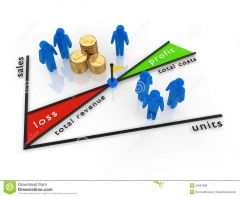
|
|
|
Factors ofproduction: Productiveresources that make up the four categories of land, capital, labor, andentrepreneurship.
|
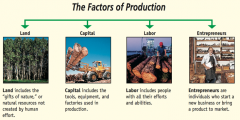
|
|
|
Economic Style: The natural fluctuation ofthe economy between periods of expansion (growth) and contraction(recession). |
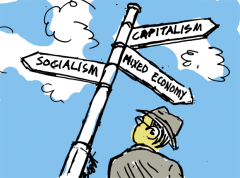
|
|
|
Welfare State: Program whereby a governmentor private agency programs that provide general economic and social assistanceto needy individuals. |

|
|
|
Neoliberalism: An approach to economicsand social studies in which control of economic factors is shifted from thepublic sector to the private sector. Drawing upon principles of neoclassical economics, neoliberalism suggests that governments reduce deficit spending, limit subsidies, reform tax law to broaden the tax base, remove fixed exchange rates, open up markets to trade by limiting protectionism, privatize state-run businesses, allow private property and backderegulation. |
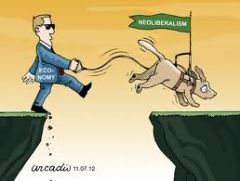
|
|
|
Globalization: The tendency of investment funds and businesses to move beyond domestic and national markets to other markets around the globe, thereby increasing the interconnectedness of different markets. Globalization has had the effect of markedly increasing not only international trade, but also cultural exchange.
|

|
|
|
Regionalism: Institutional arrangements designed to facilitate the free flow of goods and services and to coordinate foreign economic policies between countries in the same geographic region.
|
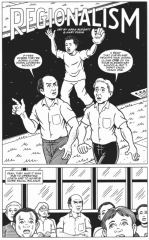
|
|
|
Trade embargo: Prohibition on the export or import of a product.
|
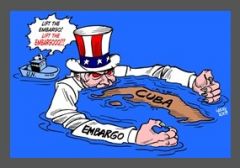
|
|
|
Economic integration: An economic arrangement between different regions marked by the reduction or elimination of trade barriers and the coordination of monetary and fiscal policies. The aim of economic integration is to reduce costs for both consumers and producers, as well as to increase trade between the countries taking part in the agreement.
|

|
|
|
Free Trade Agreement: Treaty (such as FTAA or NAFTA) between two or more countries to establish a free trade area where commerce in goods and services can be conducted across their common borders, without tariffs or hindrances but (in contrast to a common market) capital or labor may not move freely.
|

|
|
|
Quota: Limit on the amount of a good that can be allowed intoa country.
|
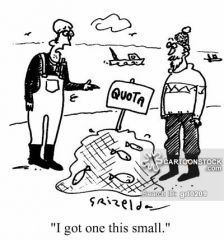
|
|
|
Tariff: Tax placed on an imported product
|
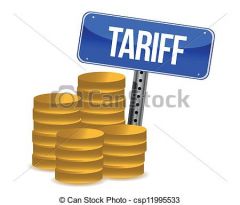
|
|
|
Inflation rate: Is the rate at which the general level of prices for goods and services is rising and, consequently, the purchasing power of currency is falling.
|
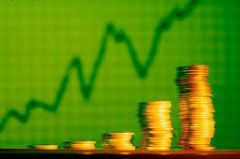
|
|
|
GDP: It is the monetary value of all the finished goods and services produced within a country's borders in a specific time period.
|

|
|
|
Overproduction: Excess of supply over demand of products being offered to the market.
|

|

